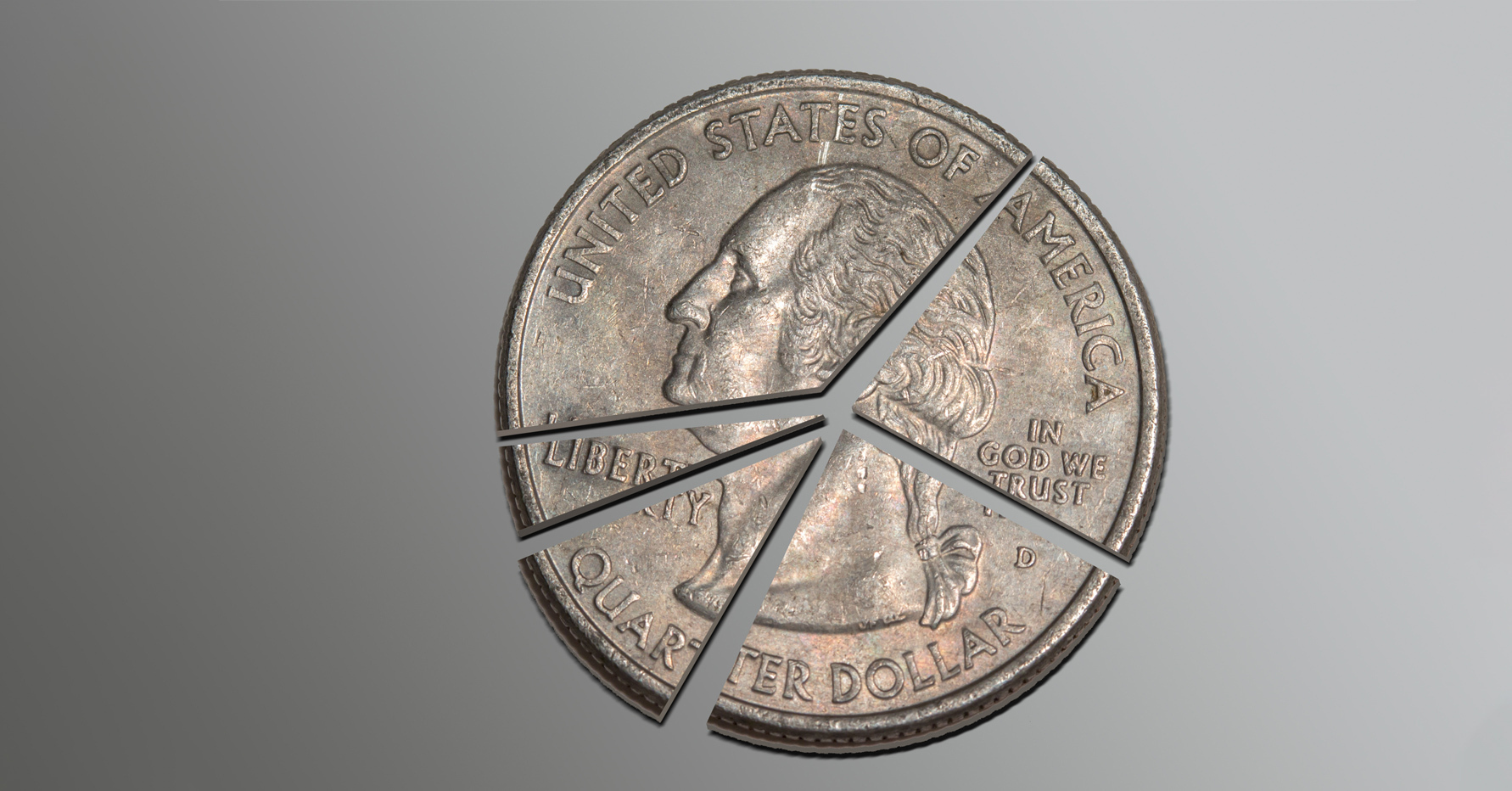
Unless you've been hiding under a rock the past five years, you are very familiar with the rise of consumption revenue models if you're in SaaS or any related business. Simply put, in a consumption or usage-based model, you don't pay an up-front cost for unlimited use of a product or service. You pay only for what you use.
You can think of a consumption model as analogous to a utility, like electricity. The utility is connected to a meter, through which usage levels can be measured and billed. The rise of cloud-based applications has made this kind of usage metering possible for software, giving way to a rise in consumption-based business models.
Why use a consumption model?
Customers often love consumption models because they only have to pay for what they use, and they can ramp their spend up and down according to their needs. This is especially beneficial for companies that leverage third party cloud solutions as part of their own products that they deliver to customers—they don't want to have to predict their own customer demand in advance (that's why you'll also hear this business model referred to as "pay as you go").
As the growth of companies like Amazon Web Services and Snowflake demonstrate, consumption-based revenue models also have a significant advantage for companies that employ them over subscription or perpetual models: namely, the more your customers use, the more you get paid. This has led to some of the most remarkable growth stories in the history of business.
But as any student of business knows, it's never that easy. Consumption- and usage-based models come with a number of challenges that companies need to overcome in order to ensure growth and predictability in their businesses.
Challenges with consumption models
Think running a consumption model is easy? Think again! There are many reasons why it's a challenge, but it's important to highlight two:
- It's not "set it and forget it": Running a consumption-based business is absolutely not sitting back and watching the dollars roll in. Why? The key to growth is unlocking new areas of value for the customer, allowing them to understand and consume more of your product. This doesn't just happen—it requires work to understand current usage patterns, areas where your products are not fully utilized, and new expansion opportunities within your customers' businesses.
- By their very nature, many consumption-oriented businesses tend to be products that are more of a commodity (they don't call them "utilities" for nothing). Of course, your product is likely amazing and highly differentiated, but your competition is always gunning for you.
You need a revenue platform that allows you to implement, at scale, the strategy and execution elements that optimize for these two challenges.
Driving growth with consumption models
While consumption-based companies may experience what seems like effortless growth for a period of time, it doesn't last forever. Before they know it, they must figure out ways to run their revenue cadences to ensure that accounts continue to expand their usage and derive more and more value. From Clari's work with a number of leading consumption-based companies, we've found the most successful companies follow a similar roadmap to consumption success:
Understand that it's a journey
All consumption businesses are not created equal. You need to take a look at your product offering(s) and understand the amount of effort needed to operationalize consumption given the size of your business. Ask yourself:
- What's the best way to meter usage of your product that maps most closely to the value customers derive from it?
- What does a typical adoption curve look like for an account? How do they start, and what is the typical timeline to expanding, consuming more, and realizing value?
- What are the compelling events that drive increased usage and value realization?
- Is adoption of multiple use cases important to grow revenue for an account? If so, what are those specific use cases and how are they related (i.e. Can you create a "cross-sell" motion from one use case to another)?
Carefully define what "consumption" means
This may seem incredibly basic, but it's important to understand exactly how your product is used and the best ways to meter it. You want to bill customers with a metering scheme that maps most closely to the value they are deriving from the product, which will result in purchasing more with minimal friction.
Realize it's not only about "forecasting"
Companies running consumption models aren't primarily focused on forecasting consumption—they're focused on driving more consumption-based revenue. So while understanding how consumption is trending is important, it is much more important that your revenue platform aligns your team around the cadences and motions that will generate more product usage across your customer base.
Go deep to define key use cases for your product
You need to understand the key reasons customers use your product. Without understanding this, it's extremely difficult to help customers understand the value of the service you're providing, and therefore encourage more usage. When we say "use case," we're not talking about a generic use case. We're talking about getting to the specifics of what drives usage.
FOR EXAMPLE
A large insurance company's IT team has just adopted your company's new cloud-based artificial intelligence engine. Why are they using it? Perhaps initially, it's just in their research group, exploring possible applications for evaluating insurance risk. But through your work with other insurance companies, you may have identified a critical use case around automating initial claims processing to avoid a manual review. Identifying this and other key use cases at the account is essential for driving growth.
Operationalize, with a strong bias toward simplicity
You've analyzed your business enough to know you need a consumption cadence. You know what you're measuring. You understand how to think about key use cases of your product and how they factor into driving more consumption within your accounts. Now it's time to operationalize it all.
You need a revenue platform that allows you to ingest and leverage all these signals to drive a simple and predictable revenue cadence across your team. This is how consumption businesses generate predictable growth.



